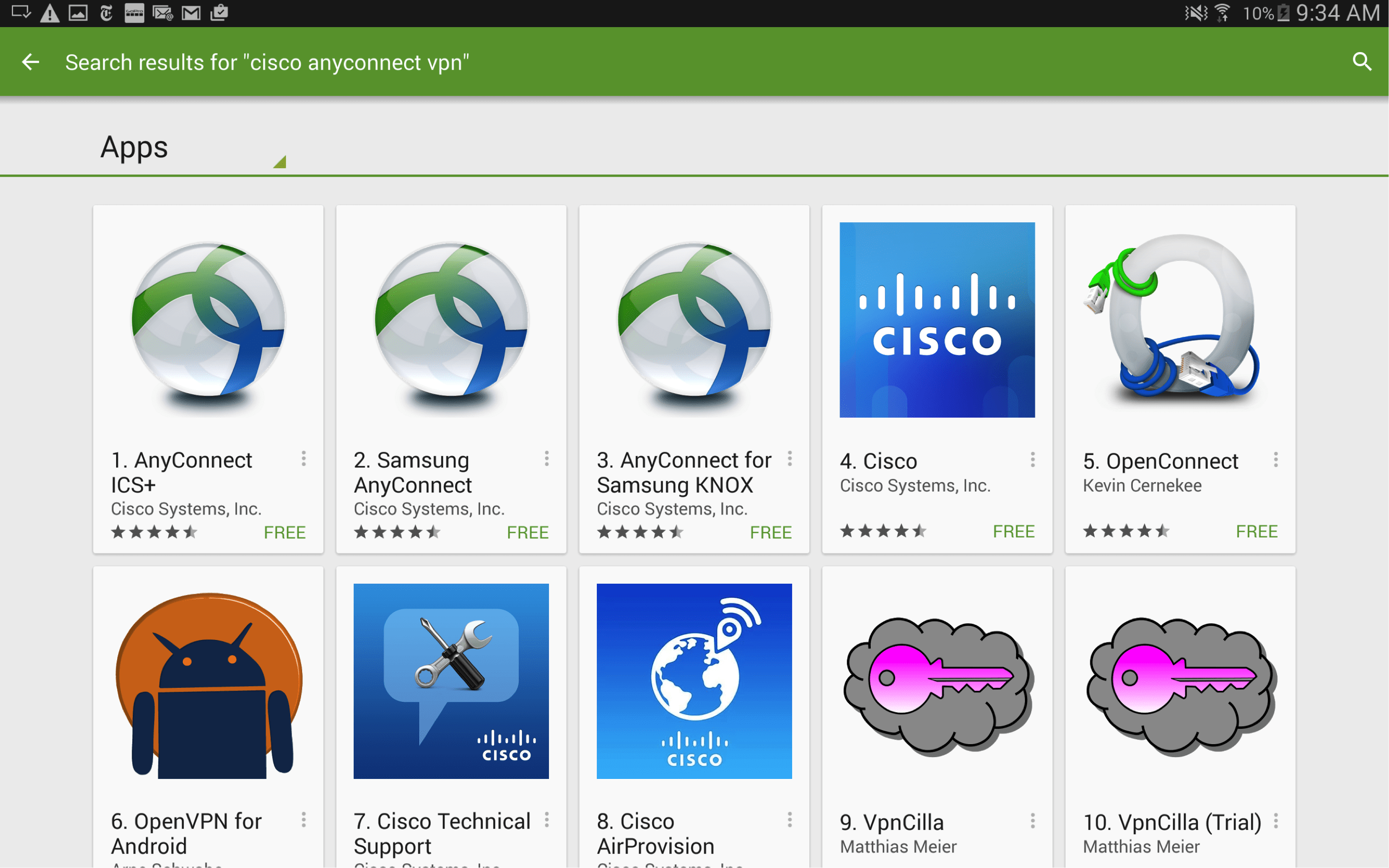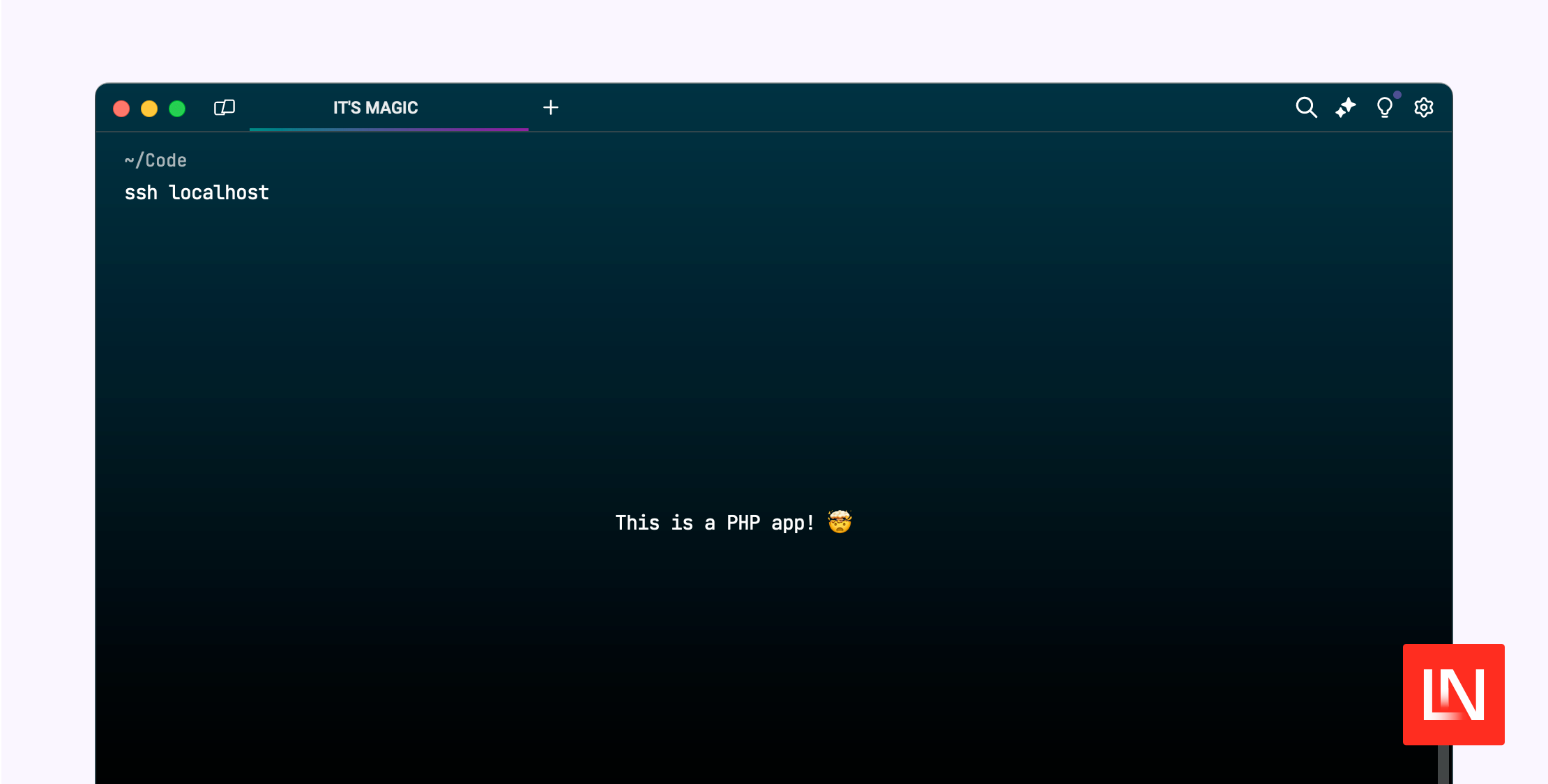Securely Connect Remote IoT P2P SSH Android Download - Your Guide
Thinking about how to link up with your devices that are far away, perhaps even in another building or across town? It’s a pretty common thought these days, especially with so many gadgets around us. Keeping those far-off things safe when you talk to them is, you know, a very big deal. We’re talking about those little computers that do specific jobs, often called IoT, and making sure their connections are solid and protected.
So, when you need to reach out and touch those distant pieces of equipment, maybe from your phone, you want to do it without anyone else listening in. This often involves a method called peer-to-peer, or P2P, which means one device talks directly to another. Adding something like SSH, which is a way to make sure your messages are private, and then doing it all from your Android phone after getting the right program, can seem like a lot. But it's actually quite doable, and quite helpful, for keeping things safe.
This piece will walk you through how you might go about setting up these kinds of safe links. We'll talk about why it's a good idea to keep your far-off gadgets protected, how a specific kind of safe connection helps, and what you might look for when you're getting the necessary programs for your phone. It’s about making sure your data stays just for your eyes, and that your gadgets respond only to you, which is pretty important, in some respects.
Table of Contents
- Why Keep Your Far-Off Devices Safe?
- How Does P2P SSH Help Your Android Devices?
- What Steps Are There to Securely Connect Remote IoT?
- Any Tips for a Smooth Secure Remote IoT P2P SSH Android Download Experience?
Why Keep Your Far-Off Devices Safe?
You know, there are so many little devices out there doing all sorts of things, from watching your home to managing parts of a farm. These gadgets, often called Internet of Things, or IoT, are pretty useful because they can be controlled from a distance. But, like anything that talks over the airwaves, there's a chance someone who shouldn't be listening might try to peek at what's going on. This is why keeping those links safe is, actually, a very serious matter.
Think about it: if someone gets into your home camera, they could see what you're doing. If they mess with a device controlling a water pump on a farm, that could cause big problems. So, making sure that only you, or people you trust, can talk to these devices is a really important step. It's about protecting your privacy, your property, and sometimes, even your safety. Without good protection, these handy gadgets could turn into ways for others to cause trouble, which is something you definitely want to avoid.
Getting Started with Secure Remote IoT Connections
When you want to start making your remote IoT connections safe, the first thing to think about is how you’re going to make that initial handshake. It’s a bit like making sure the person at the other end of a phone call is really who they say they are. For your far-off devices, this often means setting up special keys or passwords that only your device and the remote one know. This helps to securely connect remote IoT gadgets right from the start.
You might also want to think about what kind of path your messages will take. Will they go through a central hub, or will they try to find a direct way to each other? For many people, a direct path, often called peer-to-peer, feels more personal and, in some ways, more private because there's no middleman. Getting these basic ideas clear in your head is a good first move before you start picking out tools or programs to help you.
How Does P2P SSH Help Your Android Devices?
So, you have your Android phone, and you want to chat with a device that's not right next to you. This is where P2P SSH comes into the picture. P2P, as we talked about, means your phone talks straight to the other device. SSH, which stands for Secure Shell, is like a secret code language that makes sure whatever you send back and forth is scrambled up so no one else can read it. It’s pretty clever, really, how it keeps your words private.
When you combine these two, you get a direct, private line from your Android phone to your far-off gadget. This is super useful for doing things like checking on a sensor, turning something on or off, or even getting updates from a little computer somewhere else. It’s a way to have a very personal and protected conversation with your devices, which means you can feel good about sending sensitive commands or getting important information without worry. It's almost like having a secret handshake with your machines, that.
Finding the Right Android Download for Secure Connections
Now, to get this P2P SSH magic working on your Android phone, you’ll need a special program. This is where the "Android download" part comes in. There are a few different apps out there that can help your phone speak SSH and set up those direct links. You'll want to look for one that has good reviews and seems easy to use, because, you know, nobody wants a program that's hard to figure out.
When you're looking for an app to securely connect remote IoT, make sure it lets you manage different connections and save your settings. Some apps might have extra features, like letting you move files back and forth, which could be handy. Just be sure to get it from a trusted place, like your phone's official app store, to avoid any bad surprises. It’s like picking out a good tool for a job; you want one that works well and is safe to use, which is pretty much the point.
What Steps Are There to Securely Connect Remote IoT?
Getting your remote gadgets to talk to your phone in a safe way usually involves a few steps, but they’re not as hard as they might sound. First, you'll need to get your far-off device ready. This often means setting up its network settings so it can be found, and putting an SSH server program on it. It’s like giving it a phone number and making sure it can answer calls, you know. This is a pretty important first part.
Next, you’ll need to set up the SSH part on your Android phone. This means putting in the address of your remote device and, very importantly, setting up your login details, like a username and a special key or password. Once that's all in place, you should be able to make a connection. It might take a little bit of trying to get everything just right, but once it works, you’ll have a direct, safe way to talk to your devices, which is, in a way, very satisfying.
Making Sure Your P2P SSH Setup on Android is Safe
Once you have your P2P SSH connection going on your Android phone, it's a good idea to double-check that everything is as safe as it can be. This means using strong passwords, or even better, special "keys" that are much harder for others to guess. Think of these keys as super-long, super-secret passwords that are nearly impossible to crack. This helps to securely connect remote IoT devices without much fuss.
You also want to make sure the app you're using on your Android phone is kept up to date. Software makers often release updates that fix little problems or make things even safer. So, checking for updates now and then is a good habit. And, of course, be careful about who you share your login details with. Keeping that information to yourself is a big part of staying safe, because, honestly, that's what keeps your stuff private.
Any Tips for a Smooth Secure Remote IoT P2P SSH Android Download Experience?
For a really smooth time getting your programs and using them to securely connect remote IoT devices, there are a few simple things you can do. First, when you're looking for an Android download, read what other people say about it. If lots of people are having trouble, that's a sign to maybe look for a different one. A program that’s easy to get working and doesn’t cause headaches is, basically, what you want.
Also, make sure your phone has enough space for the program. Some apps can be a bit big, and if your phone is full, it might not work right. And, you know, a good internet connection helps a lot when you’re pulling down new programs. A shaky connection can make things stop and start, which is just annoying. So, clear some space, find a good signal, and you'll probably have a much better time getting started, that.
Keeping Your Remote IoT Connections Secure Over Time
Once you have your secure remote IoT connections all set up, the job isn't quite done. Keeping them safe is something you do over time. This means checking in on your remote devices every now and then to make sure their software is also up to date. Just like your phone apps, the programs on your far-off gadgets can get updates that make them safer. It’s like giving them a little tune-up, which is pretty important.
It’s also a good idea to change your SSH passwords or keys every so often. It’s a bit like changing the locks on your house, just to be extra sure. And, if you stop using a remote device, make sure to turn off its ability to be reached from outside. That way, it won't be sitting there, open to anyone who might try to poke around. These little steps help make sure your way to securely connect remote IoT devices stays safe for a long time, which is, you know, the whole point.



Detail Author:
- Name : Shanel Sanford
- Username : kole27
- Email : caleb74@yahoo.com
- Birthdate : 1996-06-29
- Address : 1752 Cassandre Camp Apt. 848 Hirtheshire, FL 44983
- Phone : 256-259-8403
- Company : Kub, O'Keefe and Abernathy
- Job : Industrial Safety Engineer
- Bio : Et illum eos sunt qui. Molestiae assumenda amet in qui. Ut itaque aut beatae vero.
Socials
tiktok:
- url : https://tiktok.com/@carleton853
- username : carleton853
- bio : Veniam iste distinctio qui officia ex aspernatur.
- followers : 1943
- following : 775
linkedin:
- url : https://linkedin.com/in/carletonarmstrong
- username : carletonarmstrong
- bio : Mollitia porro aliquid quis eos.
- followers : 1784
- following : 2805